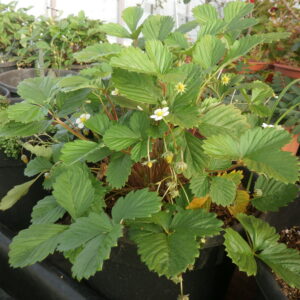
Related products
-
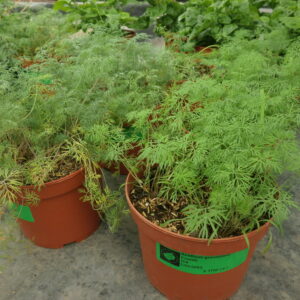
Dill
Culinary Garden ₡1,900.00 Add to cart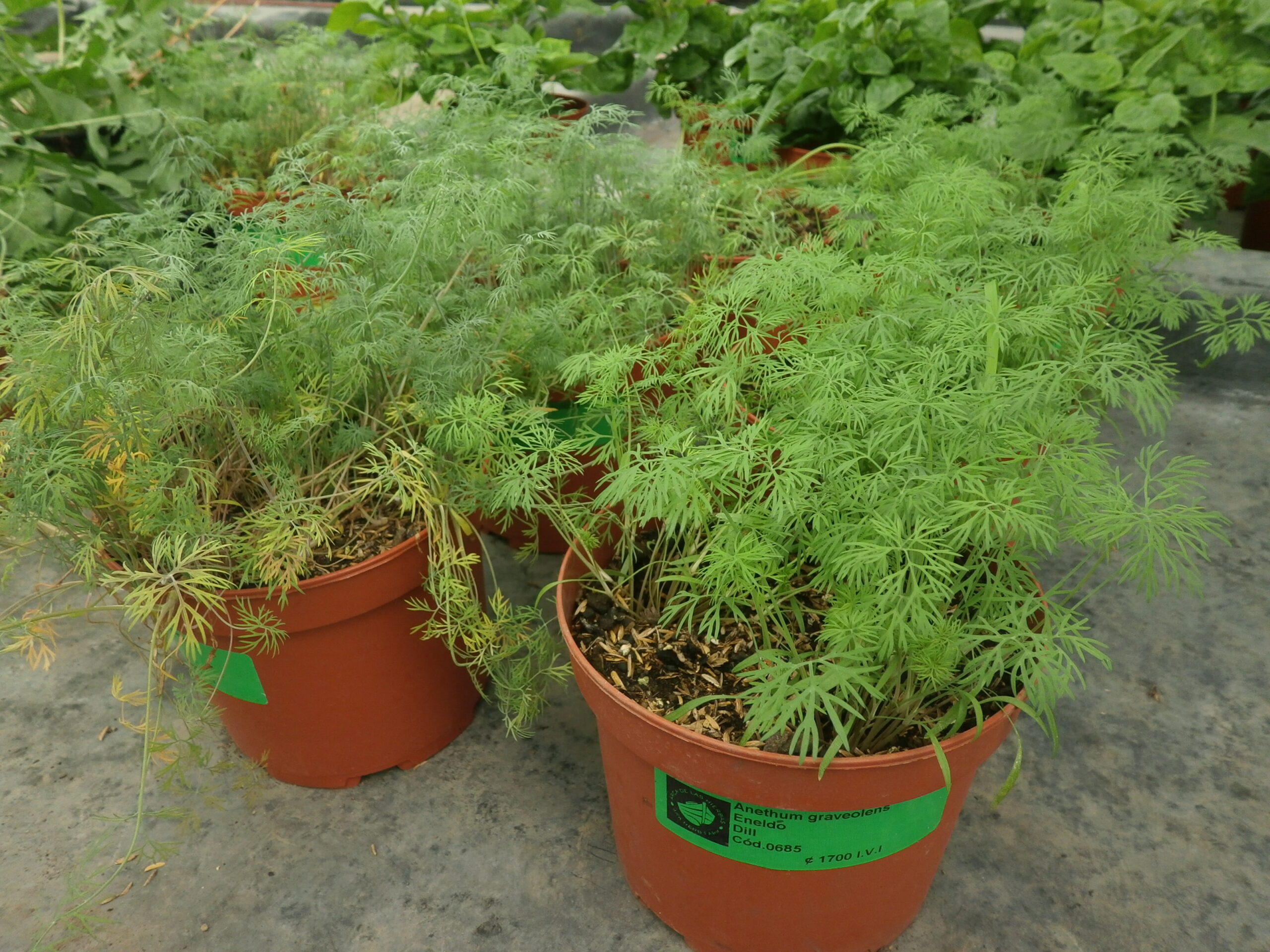
Dill
₡1,900.00
SKU: 0685 Category: Culinary GardenScientific name: Anethum graveolens
Family: Apiaceae
Origin: N Africa and Arabian penisula
Medicinal use:With fresh dill all kinds of dishes can be flavored, it can be added, in addition to fish, to seafood, meats, rice, salads, vinegars and flavored oils, sauces … it provides its sweet, fresh and aniseed flavor, a unique flavor that no other aromatic plant can provide.
13 in stock
-
Out of Stock
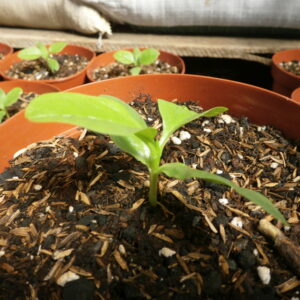
Spinach, Malabar Green
Culinary Garden ₡1,900.00 Read more
Spinach, Malabar Green
₡1,900.00
SKU: 0715 Category: Culinary GardenScientific name: Basella alba
Family: Basellaceae
Origin: India
Medicinal use:It is a perennial vine, popular in several tropical countries for its edible leaf, unrelated to the commonly known terrestrial spinach. Widely used in Asian cuisine, the culinary possibilities of Malabar spinach include its use to thicken soups, fry or stew with garlic and chili peppers, in salads or steamed with tofu and ginger.
Out of stock
-

Arracacha
Culinary Garden ₡1,900.00 Add to cart
Arracacha
₡1,900.00
SKU: 0220 Category: Culinary GardenScientific name: Arracacia xanthorrhiza
Family: Apiaceae
Origin: S America
Medicinal use:The uses of arracacha are very similar to those of potatoes. This tuber is used in South American gastronomy to prepare various dishes, soups, stews, meatballs, cakes, gnocchi, purees and garnishes. The arracacha provides a special flavor and color to the dishes. The young stalks can be consumed in salads. Given its nutritional value, the consumption of arracacha is recommended in the diet of children, the elderly and convalescent.
15 in stock
-

Spinach, Malabar Red
Culinary Garden ₡1,900.00 Add to cart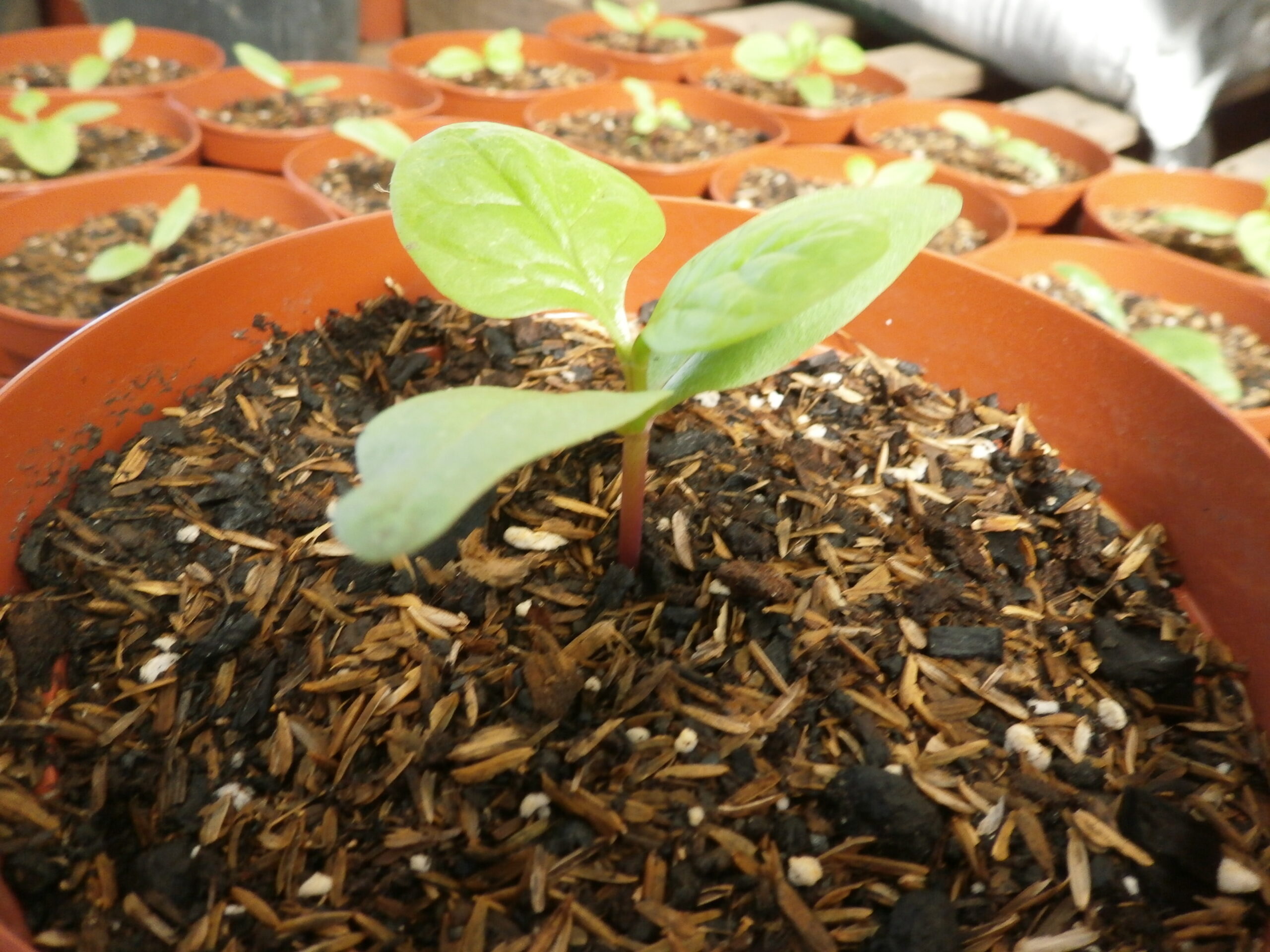
Spinach, Malabar Red
₡1,900.00
SKU: 0710 Category: Culinary GardenScientific name: Basella rubra
Family: Basellaceae
Origin: India
Medicinal use:Perennial, ornamental and edible climbing plant. Its leaves are a good source of vitamin A, vitamin C, iron, and calcium. It grows well in abundant light and takes on pink tones in the sun. It does not tolerate cold, its flowers attract bees, it is widely used in gastronomy, being fast growing and easy to care for. It is not very demanding with the light it receives, adapting well to short periods of drought
22 in stock

